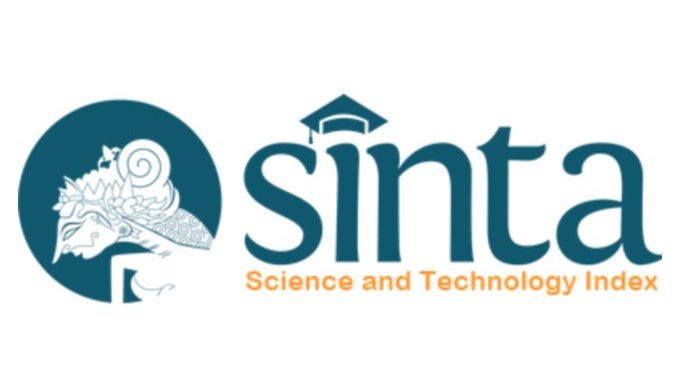Faktor Risiko Komplikasi Pemakaian Lensa Kontak
DOI:
https://doi.org/10.55175/cdk.v50i1.334Keywords:
Infeksi mata, komplikasi, lensa kontakAbstract
Lensa kontak berupa lensa plastik tipis dan bening yang menutupi kornea, digunakan untuk meningkatkan penglihatan. Namun, pemakaian lensa kontak bisa menyebabkan komplikasi baik infeksi maupun non-infeksi. Komplikasi pemakaian lensa kontak dipengaruhi oleh faktor yang dapat dimodifikasi ataupun faktor yang tidak dapat dimodifikasi. Pengguna lensa kontak harus memperhatikan kepatuhan dan higiene untuk mengurangi risiko komplikasi. Contact lenses are clear and thin plastic covering the cornea, used to improve vision. Contact lenses wear has potential infectious and noninfectious complications; depending on modifiable and non-modifiable factor. Contact lens users must pay attention to compliance and hygiene to reduce the complication risks.Downloads
References
Ibrahim NK, Seraj H, Khan R, Baabdullah M, Reda L. Prevalence, habits and outcomes of using contact lenses among medical students. Pak J Med Sci. 2018;34(6):1429-34.
Alipour F, Khaheshi S, Soleimanzadeh M, Heidarzadeh S, Heydarzadeh S. Contact lens-related complications: A review. J Ophthalmic Vis Res. 2017;12(2):193-204.
Edward K, Keay L, Naduvilath T, Stapleton F. The penetrance and characteristics of contact lens wear in Australia. Clin Exp Optom. 2014;97:48-54.
Taube MA, Cendra MDM, Elsahn A, Christodoulides M, Hossain P. Pattern recognition receptors in microbial keratitis. Eye 2015;29:1399-415.
American Academy of Ophthalmology. Contact lenses for vision correction [Internet]. 2022. [cited 2022 June 23]. Available from: https://www.aao.org/eye-health/glasses-contacts/contact-lens-102.
FDA. Types of contact lenses [Internet]. 2018. [cited 2022 June 29]. Available from: https://www.fda.gov/medical-devices/contact-lenses/types-contact-lenses.
Musgrave CSA, Fang F. Contact lens materials: A materials science perspective. Materials 2019;12:261-97.
Stapleton F, Naduvilath T, Keay L, Radford C, Dart J, Edwards K, et al. Risk factors and causative organisms in microbial keratitis in daily disposable contact lens wear. Plos ONE 2017;12(8):e0181343.
Lim CHL, Carnt NA, Farook M, Lam J, Tan DT, Mehta JS, et al. Risk factors for contact lens-related microbial keratitis in Singapore. Eye (Lond) 2016;30(3):447-55.
Argueso P, Carnt N, Chalmers RL, Efron N, Fleiszig SMJ, Nichols JJ, et al. Ocular surface health with contact lens wear. Contact Lens and Anterior Eye 2013;36(S1):514-21.
Flynn LS, Lass JH, Sethi A, Debanne S, Benetz BA, Albright M, et al. Risk factors for corneal infiltrative events during continuous wear of silicone hydrogel contact lenses. Invest Ophthalmol Vis Sci. 2010:51(11):5421-30.
Wolffsohn JS, Dumbleton K, Huntjens B, Kandel H, Koh S, Kunnen CME, et al. Evidence-based contact lens practice. Contact Lens and Anterior Eye 2021;44:368-97.
Wolffsohn JS, Naroo SA, Christie C, Morris J, Conway R, Codina CM, et al. History and symptom taking in contact lens fitting and aftercare. Contact Lens and Anterior Eye 2015;38:254-65.
Wu Y, Carnt N, Willcox M, Stapleton F. Contact lens and lens storage case cleaning instructions: Whose advice should we follow? Eye Contact Lens 2010;36(2):68-72.
Stapleton F, Bakkar M, Carnt N, Chalmers R, Kumar A, Marasini S, et al. Contact lens complications. Contact Lens and Anterior Eye 2021;44(2):330-67.
Stapleton F, Carnt N. Contact lens-related microbial keratitis: How have epidemiology and genetics helped us with pathogenesis and prophylaxis. Eye 2012;26:185-93.
Downloads
Published
How to Cite
Issue
Section
License

This work is licensed under a Creative Commons Attribution-NonCommercial 4.0 International License.





















